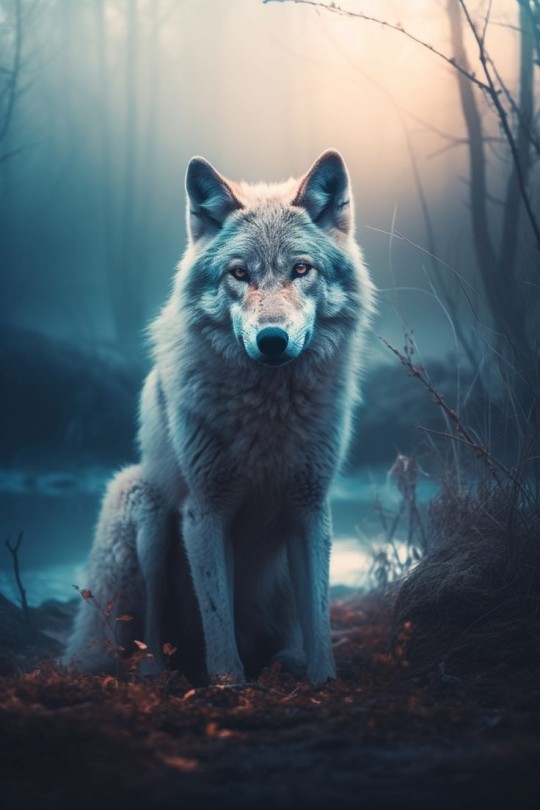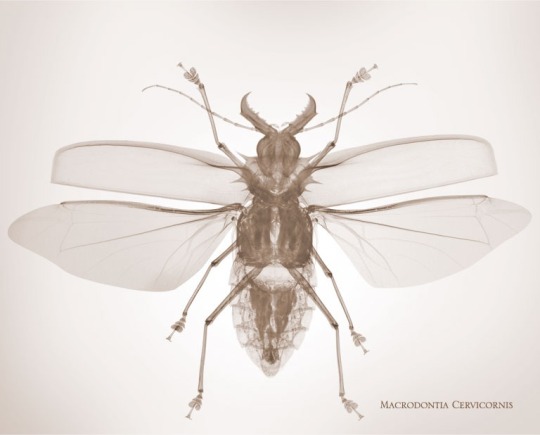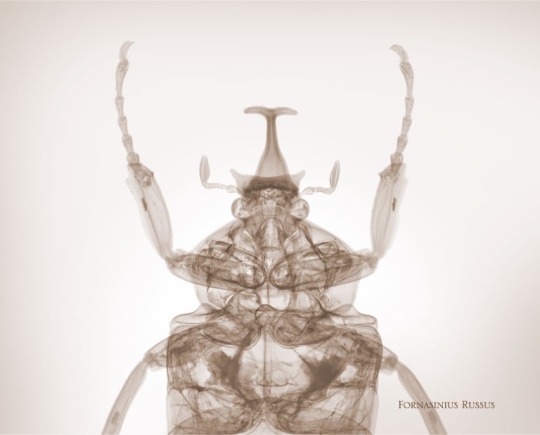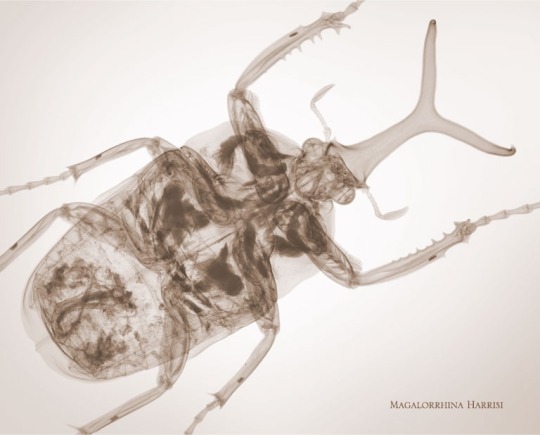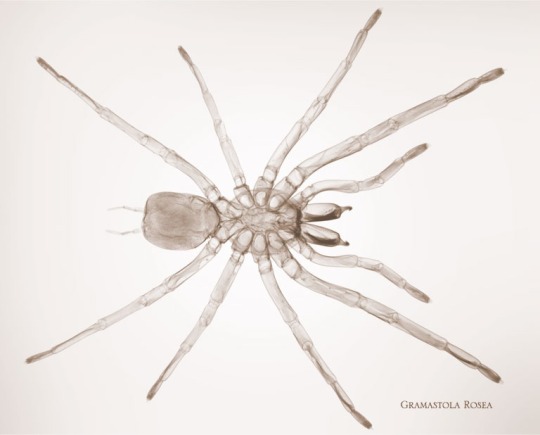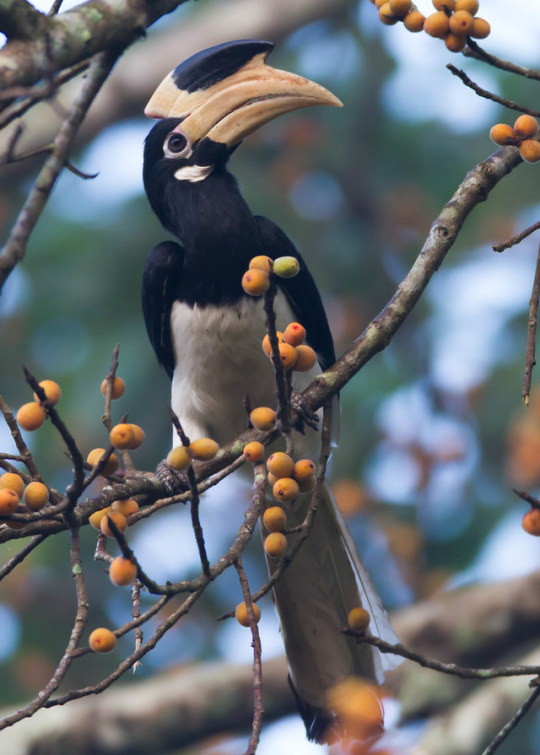Text
Titanoperdix felixi Zelenkov et al., 2023 (new genus and species)

(Type coracoid of Titanoperdix felixi, from Zelenkov et al., 2023)
Meaning of name: Titanoperdix = titan [in Greek] Perdix [genus of partridges including the gray partridge]; felixi = for Felix Yanovich Dzerzhinsky [Russian zoologist who passed away in 2015]
Age: Pleistocene (Gelasian)
Where found: Malye Goly, Irkutsk Oblast, Russia
How much is known: A fragmentary right coracoid.
Notes: Titanoperdix was a phasianid, a group that includes chickens, partridges, and turkeys. It appears to have been closely related to extant partridges in the genus Perdix, such as the gray partridge (P. perdix). However, it was much larger, being about the size of a male black grouse (Lyrurus tetrix).
Reference: Zelenkov, N., E. Palastrova, N. Martynovich, A. Klementiev, A. Sizov, and N. Volkova. 2023. A tiny duck (Sibirionetta formozovi sp. nov.), a giant grey partridge (Titanoperdix felixi gen. et sp. nov.), a new rail (Porzana payevskyi sp. nov.), and other birds from the Early Pleistocene of Baikalian Siberia. Biological Communications 68: 261–272. doi: 10.21638/spbu03.2023.406
46 notes
·
View notes
Text


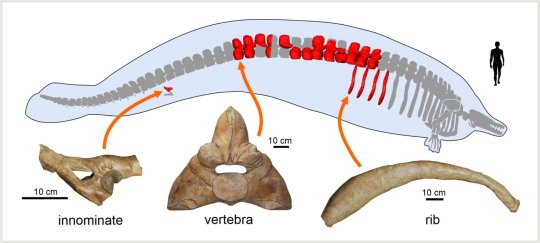
I know I usually talk about crocs, but this is too good not to share. A new giant basilosaurid whale with weird anatomy from the Eocene of Peru.
Perucetus colossus is a peculiar animal. It's bones were incredibly thick and incredibly dense, very much unlike those of modern whales and even more extreme than even those of the thicker basilosaurids (aptly named Pachycetinae i.e. thick whales). These adaptations have been compared to modern manatees and dugongs.
Know the weight range is highly dependent on what you base the math on. Using manatees as a proxy, you get a weight of "only" 85 tons....using extreme values for whales a whopping 340 tons. Mean values for whales a still really big 180 tons. This could indicate that Perucetus rivaled the Blue Whale as the worlds heaviest animal ever.
The ecology is poorly understood tho. We know basilosaurids preferred coastal waters, and with all the similarities to manatees it is reasonable to assume that Perucetus was a shallow water animal itself. It also likely wasn't the fastest swimmer. And the lack of a skull basically means we can't say much on its diet. We can wager a guess and say it wasn't a predator because, you know....it also likely wasn't a grazer. Cool as it would be, we don't really have herbivorous whales like that so its incredibly unlikely. The two more likely suggestions are that it lived on small animals burried in the ocean floor, sorta like a grey whale. Or that it was a scavenger like a sleeper shark (tho I find that suggestion far less likely, giving me scavenging T.rex vibes ngl). But again, once we get a skull we can talk about this better.
Sidenote I do find the name a little underwhelming. It's a bizarre animal and the best we could come up with is "Colossal whale from Peru". I'm also not a mammal person, but from what I'm being told the silhouette is a little exaggerated and it wasn't necessarily that thick in life.
Life reconstruction by A. Gennari, paper can be found here
A heavyweight early whale pushes the boundaries of vertebrate morphology | Nature
2K notes
·
View notes
Photo
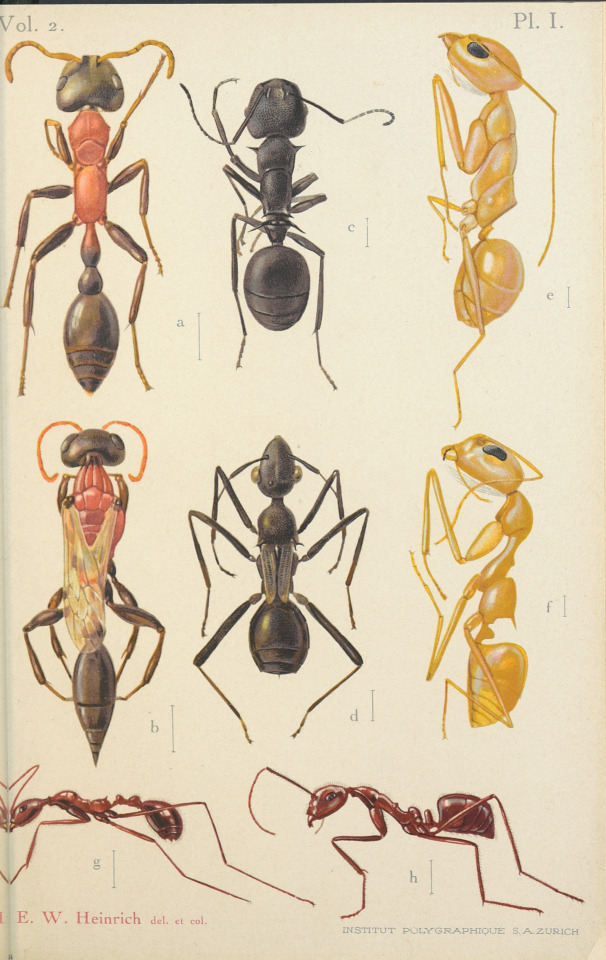
Plate I. Le monde social des fourmis du globe comparé à celui de l'homme. v.2. 1921.
e-rara
743 notes
·
View notes
Text

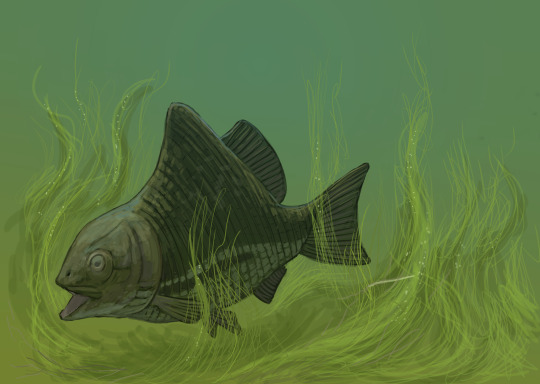

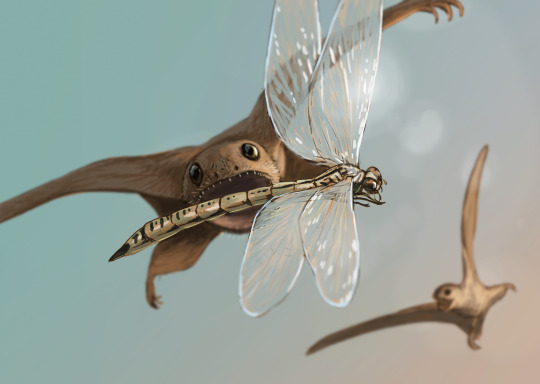
Results from the #paleostream
Polysentor, Luoxiongichthys, Zhejiangopterus, Isophlebia.
570 notes
·
View notes
Photo


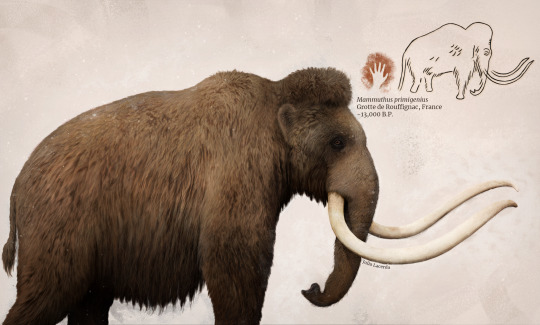
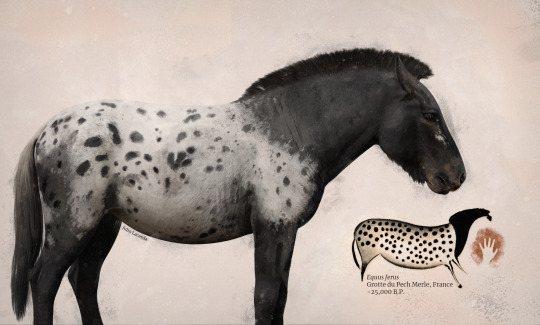
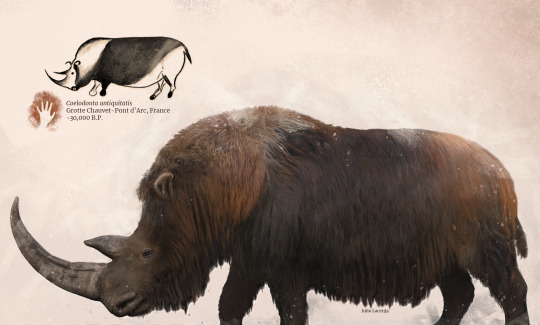

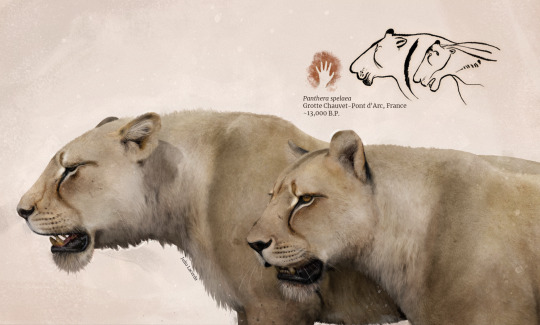



I just realized that apparently I never shared this series here on Tumblr??
I call it Living Paintings, as they are recreations of extinct animals that some artists actually saw and painted from memory, a long time ago.
Patreon • Ko-fi • Facebook • Twitter • Prints & Merch
32K notes
·
View notes
Text

MAJOR NEWS FOR CROCODILE FANS
In a newly published paper, Martin et al. describe a new genus of sebecid, Dentaneosuchus from the middle Eocene of France
Whats cool about this animal is not just that its part of a group of terrestrial crocodylomorphs, i.e. croc relatives that lived and hunted on land
But its also enormous
The lower jaw was around 90cm long in the smaller specimen, which puts it in a similar size range as the enormous Barinasuchus from Miocene of South America pictured below (comparisson by Aledgn)
this makes it perhaps the biggest land predator of Europe since the extinction of the dinosaurs.

PS: The paper doesn't go into it much, but among the lower estimates is a mere 3-4 meters. While the proportions are unknown, such a low body length seems rather unlikely given that this would mean the head was a whole third of the whole body. 5 to 6 meters seems a lot more reasonable.
381 notes
·
View notes
Photo

Protictitherium
Protictitherium is an extinct hyena that lived during the Miocene in Eurasia. It is generally acknowledged as the oldest, first hyena.
License this stock resource at: https://paleostock.com/resource/protictitherium-stock-photo
Illustration by @paleoart
341 notes
·
View notes
Photo

Albertonykus
Albertonykus is a theropod alvarezsaurid dinosaur from the Late Cretaceous of Horseshoe Canyon Formation in Canada. It had specialized claws for digging termites inside rotten wood.
License this stock resource at: https://paleostock.com/resource/albertonykus-stock-photo
Illustration by @paleoart
166 notes
·
View notes
Text
Illustrations Show Size Difference Between Prehistoric Animals and Modern Descendants


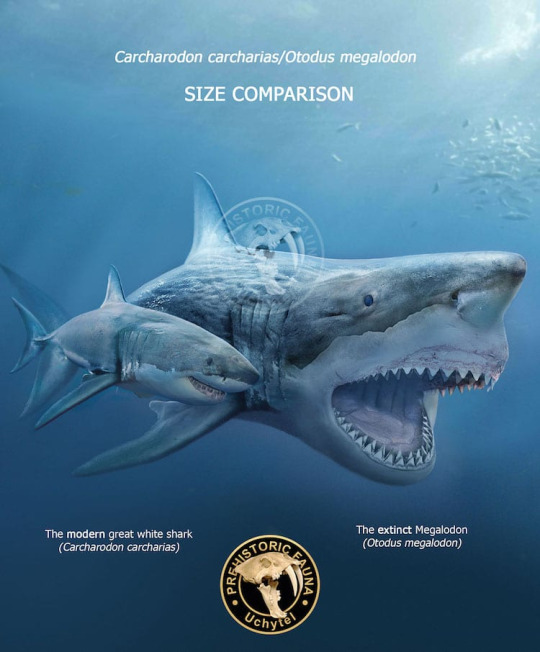
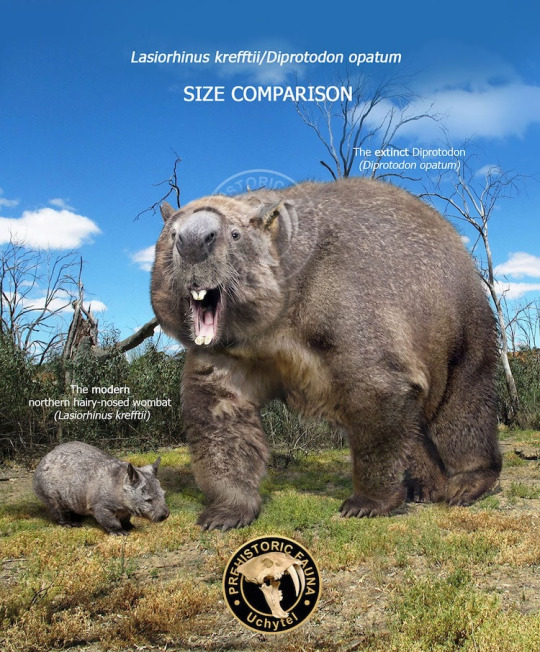
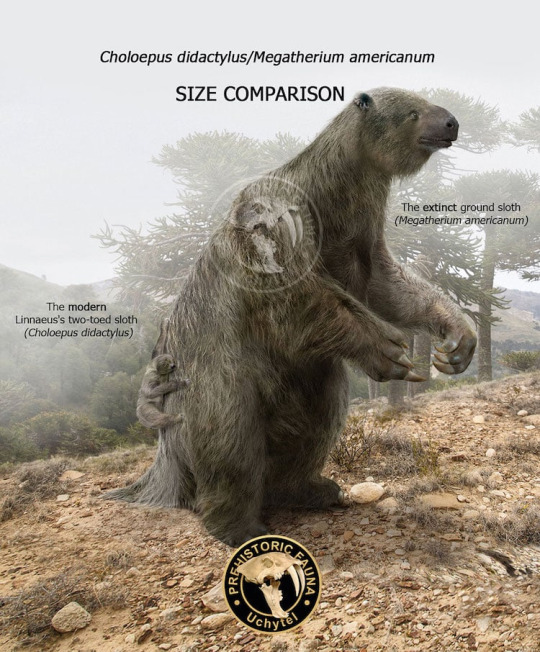
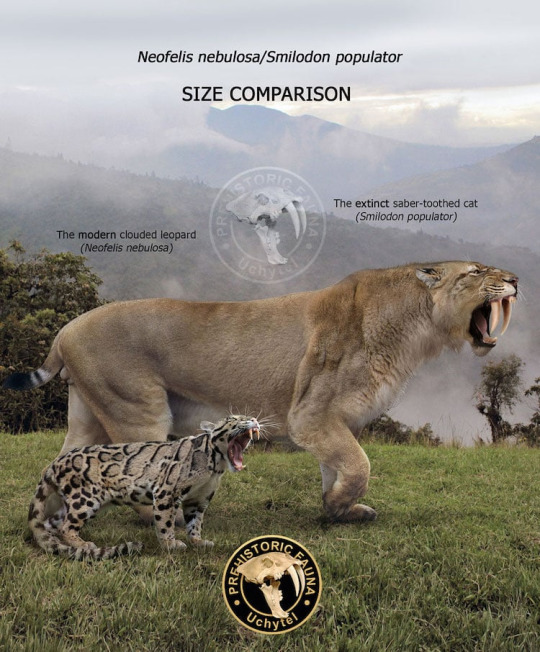

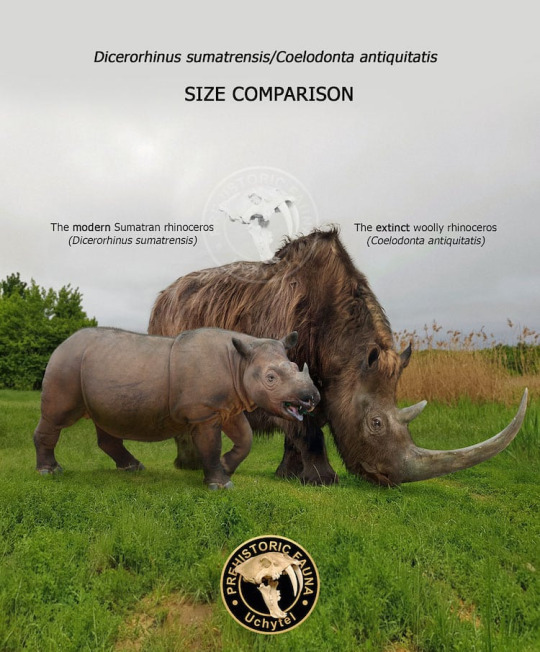


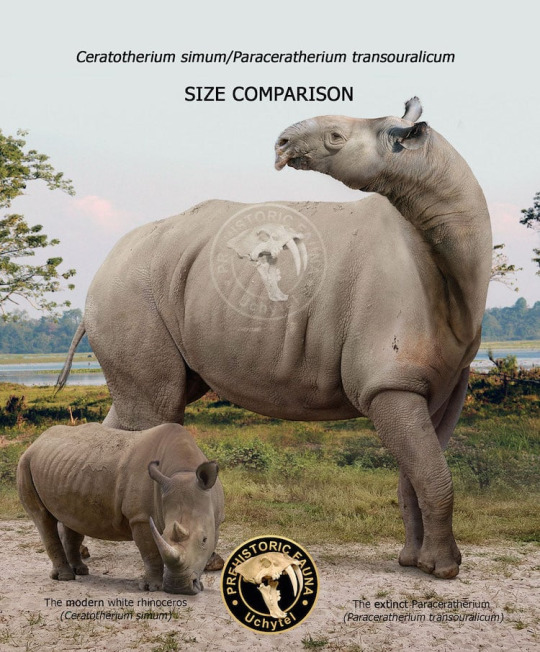
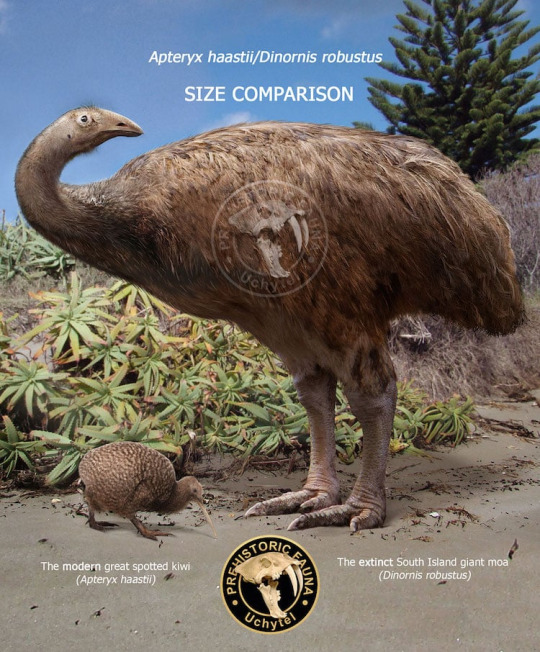
92K notes
·
View notes
Photo

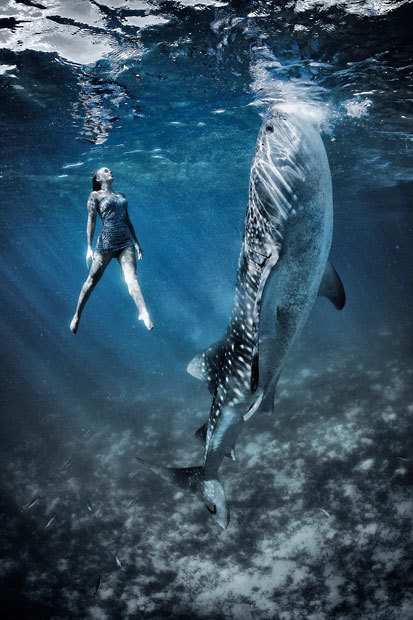





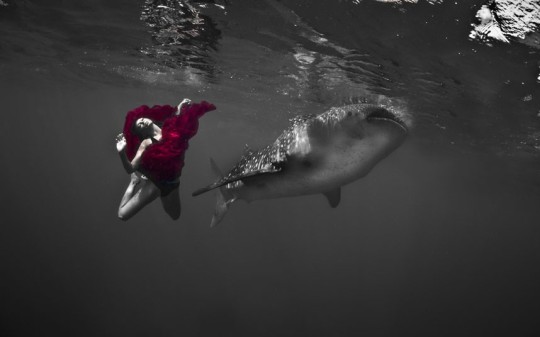


This underwater fashion shoot with whale sharks was a collaboration between photographers Shawn Heinrichs and Kristian Schmidt to raise awareness about conservation.
About the project:
This November I teamed up with fashion/wildlife photographer Kristian Schmidt to redefine how the world views threatened marine species. I first met Kristian on a whale shark trip with our friend and ally Richard Branson and conservation organization WildAid (an NGO focused in reducing demand for endangered species), and we were immediately captivated by each others work. Recognizing that people only protect what they care about, we hatched a plan that would combine my underwater and marine life photography expertise with Kristian’s mastery of creative fashion photography.
401 notes
·
View notes
Text
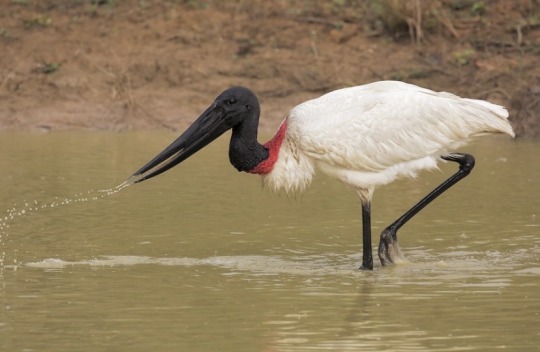

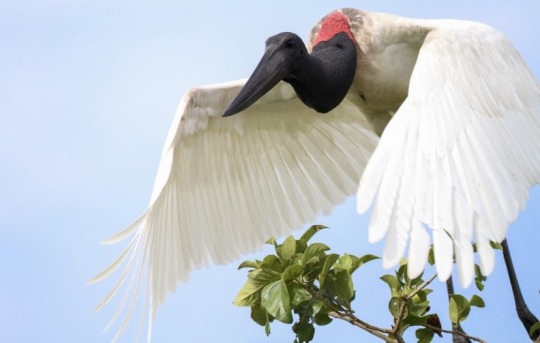



the jabiru is a large stork found from mexico to argentina; they are also semi frequently found as vagrants in the united states. their name comes from a tupi–guaraní language and means "swollen neck". the jabiru is the second-largest bird in south america, and the largest flying bird (they fall behind the flightless rhea in size). their wingspan is also the second largest on the continent, just behind the andean condor. while colorations and markings are the same between males and females, the species is easy to differentiate by sex; males are notably larger, up to 25% larger than females. this species feeds primarily on fish, frogs, insects, and other aquatic prey; however, they are opportunistic feeders, and will feed on carrion and even have been documented eating house mice. they can be helpful in the bodies of water they live in, as they will eat recently deceased fish, preventing them from contaminating the water. they feed mainly by tactile sensing, not by visually locating their prey; they will snap up prey from the water as soon as their bill brushes against it. the jabiru is believed to mate for life. jabiru build massive stick nests, which are reused for future clutches; however, it usually is several years after a successful breeding before jabiru will have another clutch of eggs. this is due to their young fledging at approximately 110 days, then sticking with their parents for around another three months. jabiru have been known to live until their mid-thirties.
5K notes
·
View notes
Text
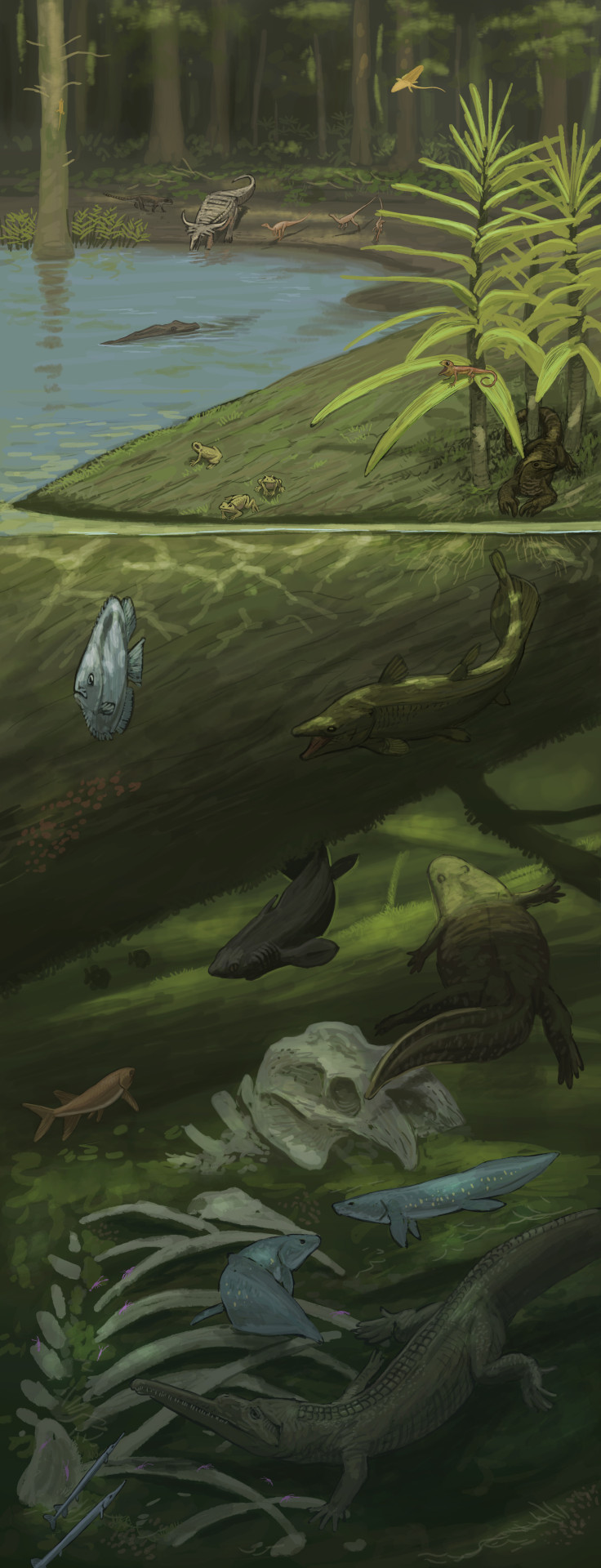
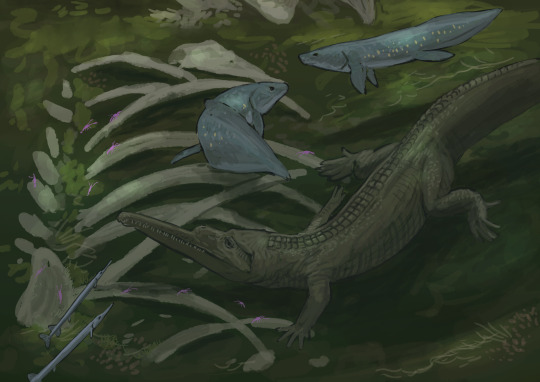
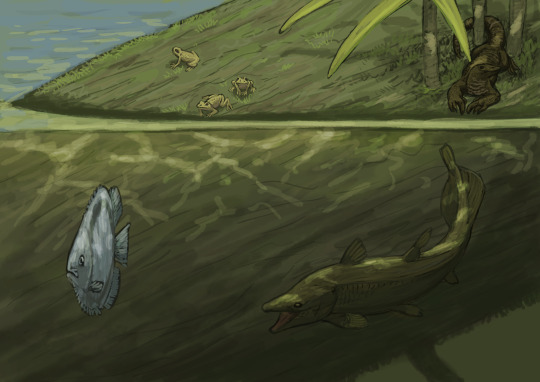
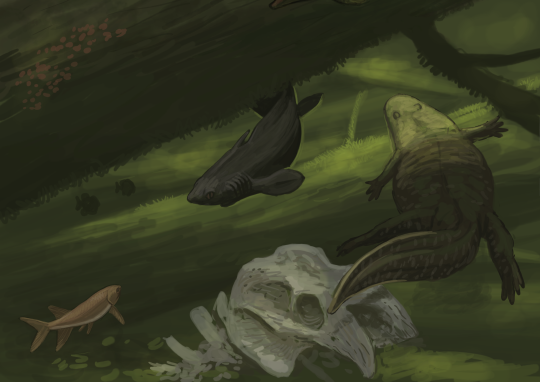

Results from our first #FormationStream #paleostream
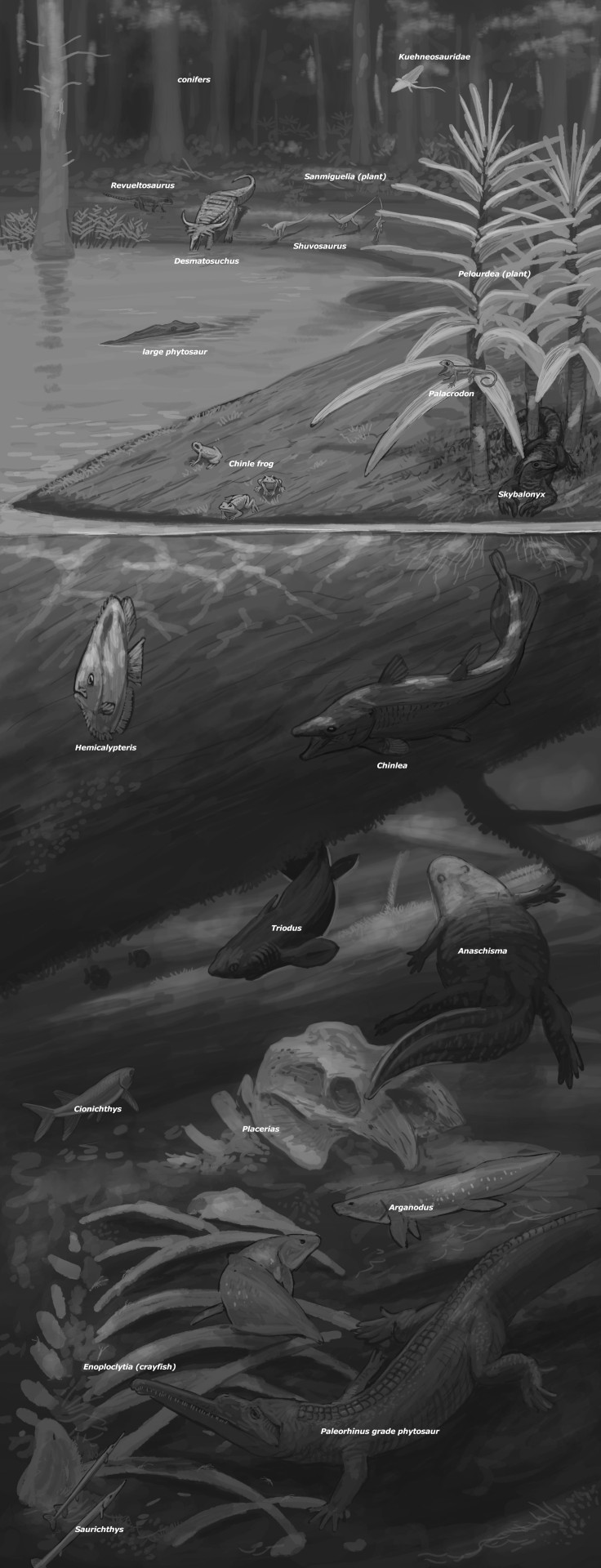
We worked with the Chinle formation this time in all it's glory
911 notes
·
View notes
Photo

Do you like necks? Because I have a great one for you!
3K notes
·
View notes
